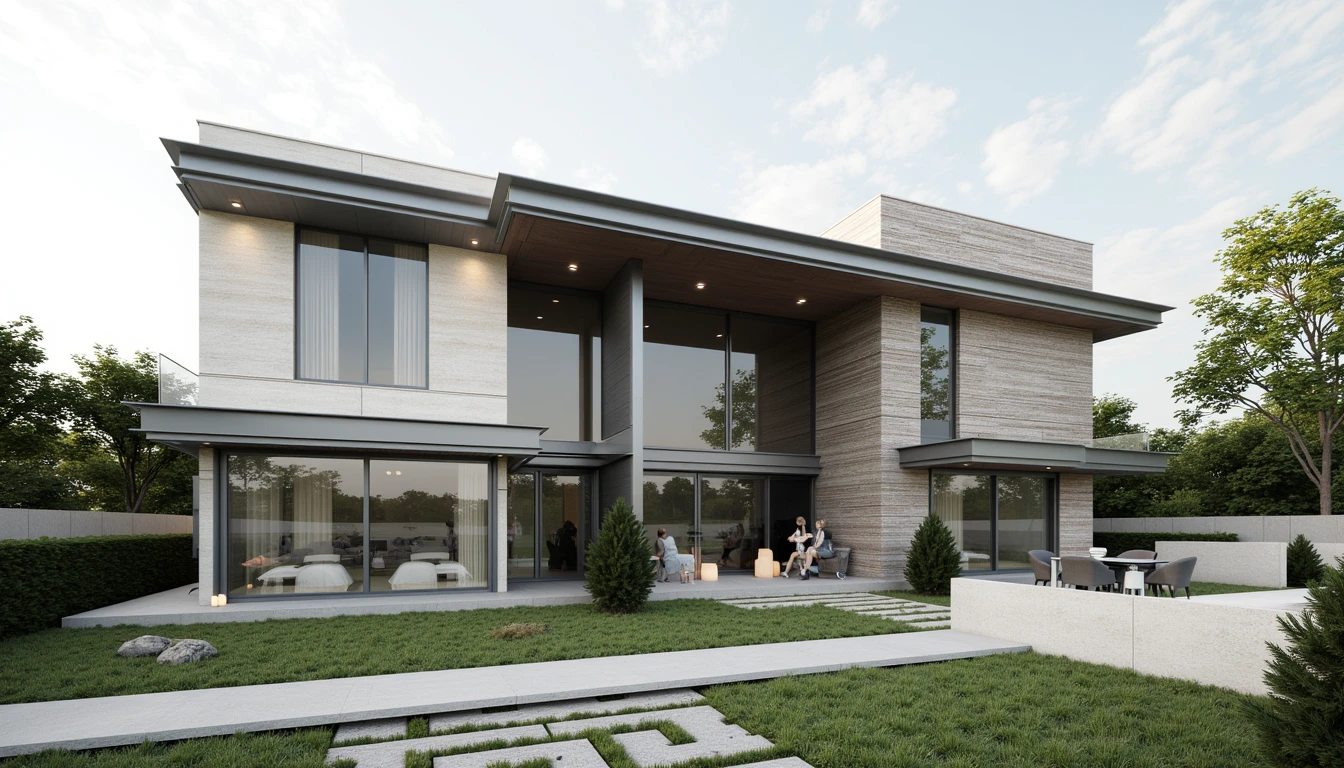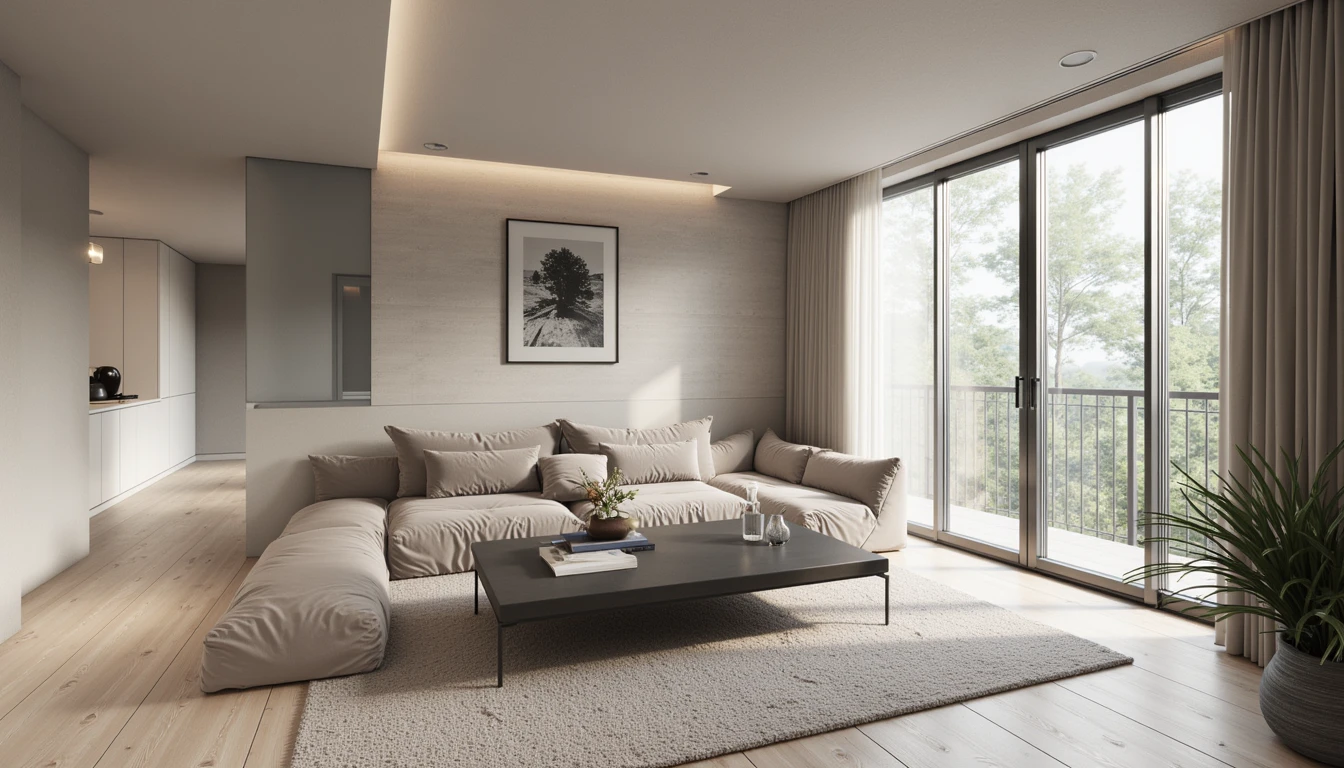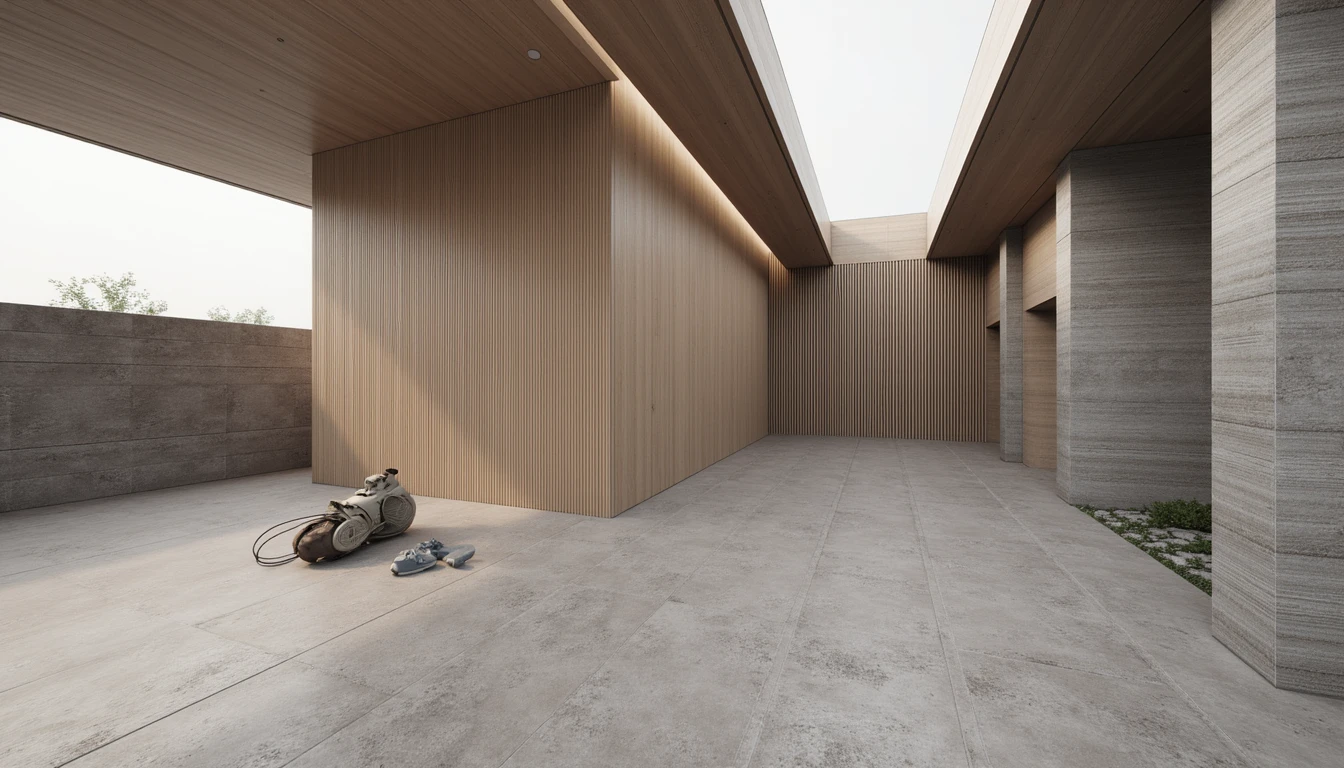Introduction

Real-time architectural visualization has emerged as a game-changer in the Architecture, Engineering, and Construction (AEC) industry. This cutting-edge technology allows architects and designers to create immersive, interactive experiences of their projects, moving beyond static renderings and enabling dynamic exploration of design options. From conceptualization to client presentations, real-time visualization is reshaping workflows, fostering collaboration, and driving innovation.
The Power of Immersive Experiences
Enhanced Client Presentations
Traditional presentations with 2D drawings and static renderings often struggle to convey the full potential of a design. Real-time visualization allows clients to virtually walk through their future spaces, experiencing the design firsthand. This immersive approach fosters a deeper understanding and appreciation of the project, leading to more informed decisions and increased client satisfaction.
Interactive Design Reviews
Real-time visualization facilitates dynamic design reviews, enabling stakeholders to explore different design options and provide immediate feedback. Architects can make real-time adjustments to the model based on client input, fostering a collaborative design process and ensuring that the final product aligns perfectly with the client's vision. This iterative approach saves time and reduces the risk of costly revisions later in the project.
Facilitating Early Design Decisions
By visualizing designs early in the process, real-time technology empowers architects to make informed decisions about space planning, material selection, and lighting. The ability to experience the design in a virtual environment helps identify potential design flaws and optimize the project before construction begins, minimizing costly rework and delays.
PropTech Solutions Driving Real-Time Visualization

Game Engines in Architecture
Game engines, originally designed for creating interactive video games, have found a powerful application in architectural visualization. Platforms like Unreal Engine and Unity offer advanced rendering capabilities, realistic lighting, and physics simulations, enabling architects to create stunning, immersive experiences of their designs. These engines also provide tools for creating interactive elements, allowing users to explore different design scenarios.
Cloud-Based Visualization Platforms
Cloud-based platforms are democratizing access to real-time visualization technology. These platforms offer scalable computing power and collaborative tools, allowing teams to work together on projects from anywhere in the world. Cloud-based solutions also streamline workflows, eliminating the need for expensive hardware and complex software installations.
Virtual Reality (VR) and Augmented Reality (AR)
VR and AR technologies are further enhancing the immersive potential of real-time visualization. VR headsets allow users to fully immerse themselves in the virtual environment, while AR overlays digital information onto the real world, providing a blended experience. These technologies offer exciting possibilities for client presentations, design reviews, and on-site construction coordination.
Transforming Design Workflows
Streamlined Collaboration
Real-time visualization fosters seamless collaboration between architects, engineers, clients, and other stakeholders. Cloud-based platforms and shared virtual environments enable teams to work together on projects in real-time, regardless of their location. This streamlined communication improves efficiency and reduces the risk of miscommunication.
Iterative Design Process
Real-time visualization enables a more iterative and agile design process. Architects can quickly explore different design options, make real-time adjustments, and receive immediate feedback from clients. This iterative approach leads to more refined designs and reduces the time and cost associated with traditional design revisions.
Data-Driven Decision Making
Real-time visualization can be integrated with Building Information Modeling (BIM) data, providing architects with valuable insights into building performance. By visualizing energy consumption, daylighting analysis, and other performance metrics, architects can make data-driven design decisions that optimize building efficiency and sustainability.
Future Trends in Real-Time Visualization

Artificial Intelligence (AI) Integration
AI is poised to play an increasingly important role in real-time visualization. AI algorithms can automate repetitive tasks, optimize rendering performance, and even generate design options based on specified parameters. This will free up architects to focus on the creative aspects of design.
Digital Twins and the Metaverse
Real-time visualization is a key enabler of digital twins, virtual representations of physical buildings that can be used for simulation, analysis, and operational management. The convergence of real-time visualization and the metaverse is creating new opportunities for immersive experiences and virtual collaboration in the AEC industry.
Real-Time Construction Monitoring
Real-time visualization is being used to monitor construction progress and identify potential issues. By comparing the as-built conditions with the BIM model, construction teams can detect deviations and take corrective action, ensuring that the project stays on track and within budget.
Conclusion
Real-time architectural visualization is revolutionizing the AEC industry, transforming design workflows and empowering architects to create more innovative and sustainable buildings. From enhanced client presentations to data-driven decision-making, real-time visualization is driving the future of architecture and shaping the built environment around us. As technology continues to evolve, the potential of real-time visualization will only continue to expand, creating exciting new possibilities for the future of design and construction.